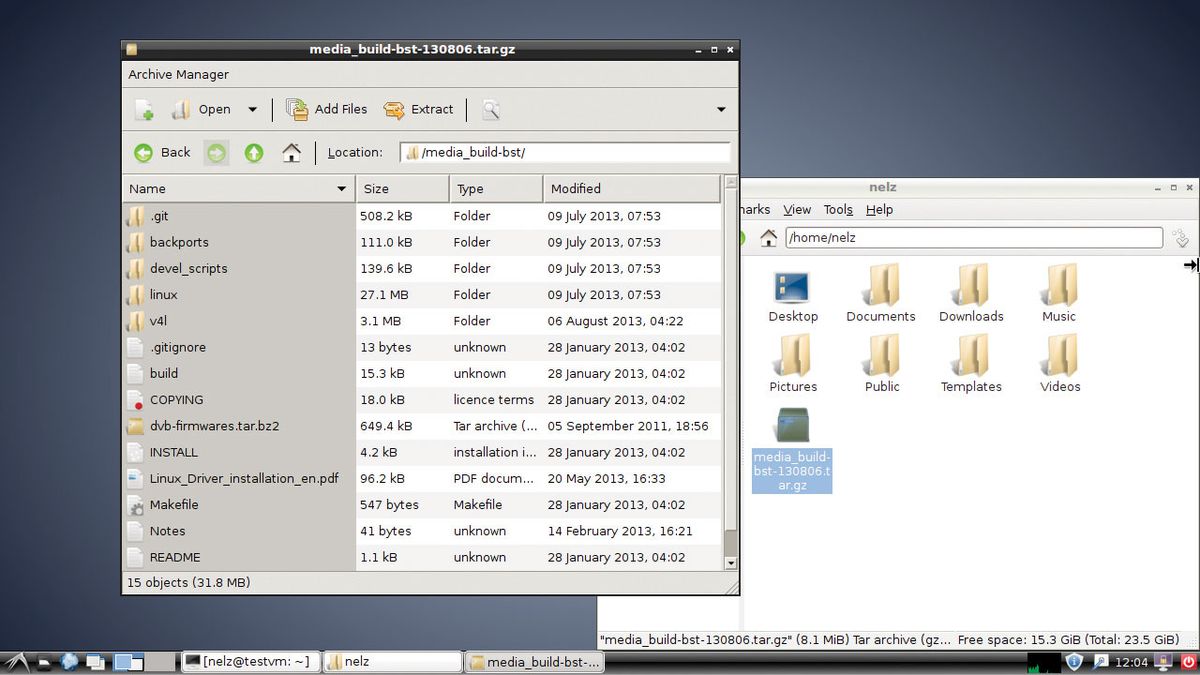
Tell ssh to execute a tar and pipe to gzip on the remote machine. Requirements Both system must support ssh and have tar and gzip installed. This command has a large number of options, but. The tar command on Linux is often used to create.
Tar compress and ssh to remote folder archive#
To extract an archive to the current folder, run the command tar -xzvf (archive file)'. S3 object storage has distinct advantages such as allowing you to avoid network bottlenecks as well as a high degree of scalability and data security.įor more information regarding the differences between Object Storage and a Traditional File System in terms of how JetBackup 5 stores your data, please click HERE. This is probably the part you care about. Run 'tar -czvf (archive name).tar.gz (pathtofile) in the Terminal to compress a file or folder. Each object has an ACL or Access Control list which dictates who is permitted access to the object. ssh rootremoteserver cat > & tar zxvf You just need to adapt it a bit. Metadata contains information such as name, size, date, security attributes, content type, and URL. S3 objects are comprised of three main parts the content of the object (data contained in the object includiing directories or files), the unique object identifier (Unique string used to identify the item within the bucket.), and metadata. ssh -q server1 'tar -czpf - /dir/to/compress 2>/dev/null' > compressedfile.tgz How it works -q : ssh will not show banners, this is needed in order not to write those messages to the compressed.

Objects are the entities of data storage in S3 buckets.

This concept is useful for data backup, archiving, and scalability for high-load environments. Object storage is a type of storage where data is stored as objects rather than blocks.


 0 kommentar(er)
0 kommentar(er)
